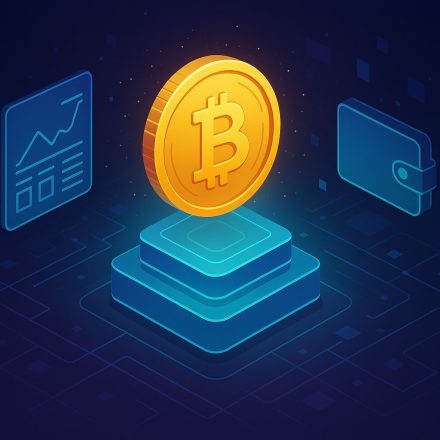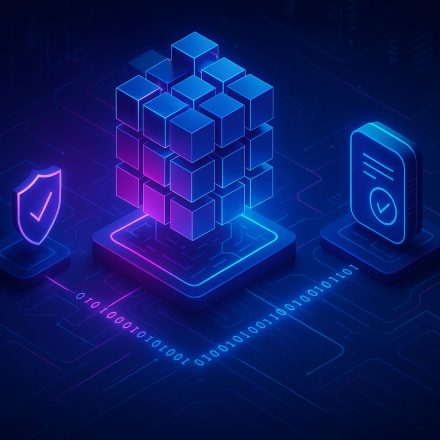
📜 Blockchain History: From Bitcoin to the Web3 Era
Blockchain history is a story of innovation, disruption, and global transformation. If you’re exploring blockchain today, understanding where it came from is just as important as where it’s going.
Table Of Content
In this beginner-friendly guide, we’ll walk you through blockchain history — from its earliest concepts to the invention of Bitcoin, the launch of Ethereum, and the rise of Web3. By the end, you’ll see why blockchain is more than a tech trend — it’s the foundation of a new digital age.
At BlockchainInsights.org, we believe learning from the past helps you build better in the future. Let’s dive in.
🕰️ The Origins of Blockchain Technology
While blockchain became famous with Bitcoin in 2009, its foundational ideas go back decades.
In 1991, cryptographers Stuart Haber and W. Scott Stornetta proposed a system for time-stamping digital documents using cryptographic methods. Their work introduced the concept of chaining data blocks to prevent tampering — the very heart of blockchain.
Over the next few years, researchers refined the idea of a decentralized ledger, but it wasn’t until the 2008 global financial crisis that blockchain took a revolutionary leap.
💥 The Bitcoin Breakthrough (2008–2009)
In October 2008, a person or group under the pseudonym Satoshi Nakamoto released a whitepaper titled Bitcoin: A Peer-to-Peer Electronic Cash System.
Satoshi proposed a new kind of money — Bitcoin — that allowed users to send payments directly to each other without a bank. The system relied on a blockchain to ensure trust, record transactions, and prevent double-spending.
On January 3, 2009, the first Bitcoin block — known as the Genesis Block — was mined. This event marks the true beginning of blockchain history as we know it.
Explore the original Bitcoin whitepaper here:
https://bitcoin.org/bitcoin.pdf
🚀 The Rise of Cryptocurrencies and Ethereum
After Bitcoin, other digital currencies (often called “altcoins”) began to appear:
- Litecoin (2011): Faster block times than Bitcoin
- Ripple (2012): Focused on bank transfers
- Dogecoin (2013): Started as a meme, now widely traded
But the next big turning point in blockchain history came in 2015 with the launch of Ethereum.
Ethereum introduced smart contracts — self-executing programs that live on the blockchain. This transformed blockchain from just a ledger into a platform for decentralized applications (DApps), laying the groundwork for NFTs, DeFi, and DAOs.
Learn more about Ethereum:
https://ethereum.org/en/what-is-ethereum/
🌐 Blockchain’s Expansion into Industries
From 2016 to 2020, industries beyond crypto began exploring blockchain:
- Supply Chain: Companies like Walmart use blockchain to trace food origins
- Healthcare: Secure medical data sharing and digital health IDs
- Finance: Traditional banks pilot blockchain-based settlements
- Governments: Exploring Central Bank Digital Currencies (CBDCs)
According to the World Economic Forum (https://www.weforum.org/agenda/2021/09/what-is-blockchain/), blockchain’s global impact is just beginning — especially with Web3 tools gaining traction.
🌍 Web3, NFTs, and the Future (2020–Today)
The latest chapter in blockchain history includes the explosion of:
- NFTs: Unique digital collectibles powered by Ethereum
- DeFi: Decentralized financial services (lending, staking, swaps)
- DAOs: Community-run organizations governed by smart contracts
- Web3: A new version of the internet where users own their data
Blockchain isn’t just about crypto anymore — it’s about reshaping the internet itself.
Want to understand how blockchain powers decentralized systems? Read our article on Blockchain Features:
https://blockchaininsights.org/blockchain-features
🔮 Where Is Blockchain Going Next?
Blockchain history shows us that innovation doesn’t slow down. We’re now seeing the rise of:
- Layer 2 networks to reduce blockchain fees
- Zero-knowledge proofs to protect privacy
- Enterprise adoption across logistics, finance, and identity
As adoption grows, the technology will become more user-friendly, faster, and integrated into everyday life — from the apps you use to how you vote.
📝 Final Thoughts
Understanding blockchain history helps you grasp the “why” behind the “how.” What started as an idea for secure digital documents evolved into a movement that is changing money, data, and the internet itself.
At BlockchainInsights.org, we’re documenting the past while building the future — helping you stay informed and ahead of the curve.




